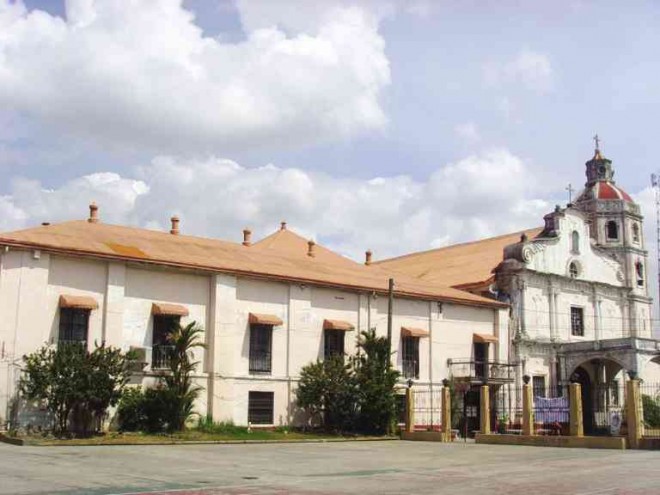
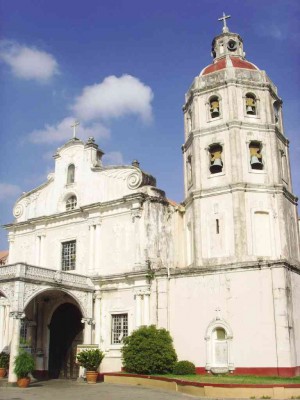
Betis Church in Guagua, Pampanga, is set to implement measures to prevent illicit traffic of its movable properties, following the theft of the centuries-old ivory image of the Child Jesus last January, around the feast day of the Santo Niño.
According to parish secretary Maricar Antona, the image of the Santo Niño cradled by the Virgen de la Consolacion y Correa was stolen inside the church while the Marian icon was being propped on a carroza for the traditional procession.
Documentation
Antona said the image was successfully retrieved in Manila a week later.
But because of the incident, closed-circuit television (CCTV) cameras will be installed, and security tightened in and around the church dedicated to St. James the Apostle, said Betis Parish Pastoral Council president Banjo Serrano.

“We will also increase security during fiestas, especially for the procession,” he noted.
There are plans to make a replica of the centuries-old icon of the Virgen de la Correa with the Santo Niño for use during processions, Serrano added.
Fr. Ted Torralba of the Catholic Bishops Conference of the Philippines Permanent Committee for the Cultural Heritage of the Church said the main preventive measure (not just in the case of Betis) is the documentation of each movable cultural object in a church.
This, he said, involves inventory and catalogue.
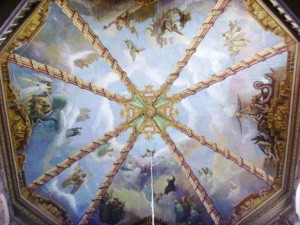
Torralba added that when theft occurs, the incident should be reported to the police which should conduct an investigation.
There also must be a news blast and the information should be reported likewise to the National Museum’s desk on illicit trafficking of cultural properties.
Policy
The Church of Betis is always closed except for events like Eucharistic celebrations, weddings and baptisms.
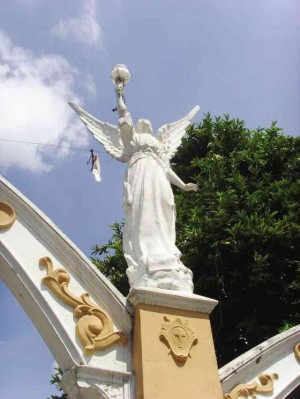
On ordinary days, a parishioner or a visitor has to pass through the door of the adjacent convent and ask permission from the guard to enter. Once approved, the guard will then open the lock of a side door that serves as access going inside the church.
This also applies to the Parish Museum located in the convent.
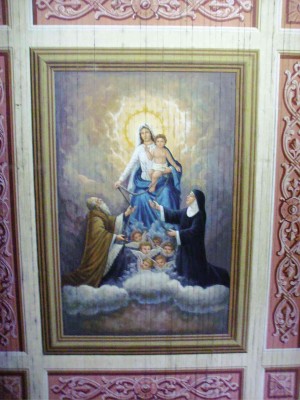
“The policy has long been implemented, so we need to be informed in advance for the church to be opened,” said Serrano.
National cultural treasure
Built during the mid-18th century, Betis Church is a combination of baroque and neoclassic styles.
The wooden main door, which is protected with a screen mounted on steel frames, and the door of the convent, are intricately carved.
The walls and the ceiling have beautiful paintings done by the 19th-century artist Simon Flores and the prewar father-and-son team of Macario and Jose Ligon.
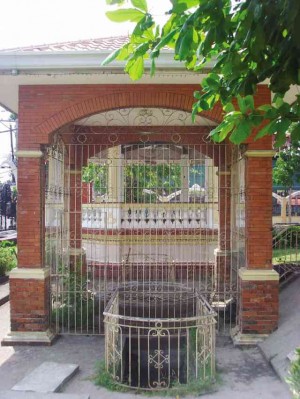
Interestingly, the carvings of the main door depict Jacob’s Dream while the ceiling and dome paintings are interpretations of other episodes in the Bible.
The church is also one of few in the country that has wooden flooring, although now under threat from constant flooding. The surrounding areas have been elevated as a result of lahar that flowed after Mount Pinatubo’s eruption in 1991.
On its patio is an artesian well built in the last quarter of the 19th century.
The National Museum declared Betis Church a National Cultural Treasure in 2001.
Recently, a team from the National Commission for Culture and the Arts’ Project Kisame did a digitization of the works of art inside the church, especially those on the ceiling.

Meanwhile, heritage conservator Billy Ray Malacura denied saying that intense religious devotion fanned the theft and illegal traffic in religious images.
He said he was merely emphasizing that church leaders should be vigilant in protecting their sacred cultural images and material objects from theft and damage through proper inventory and documentation.
Malacura said santo owners refused his documentation requests during Holy Week after the article came out. He asked for correction of the matter.











































